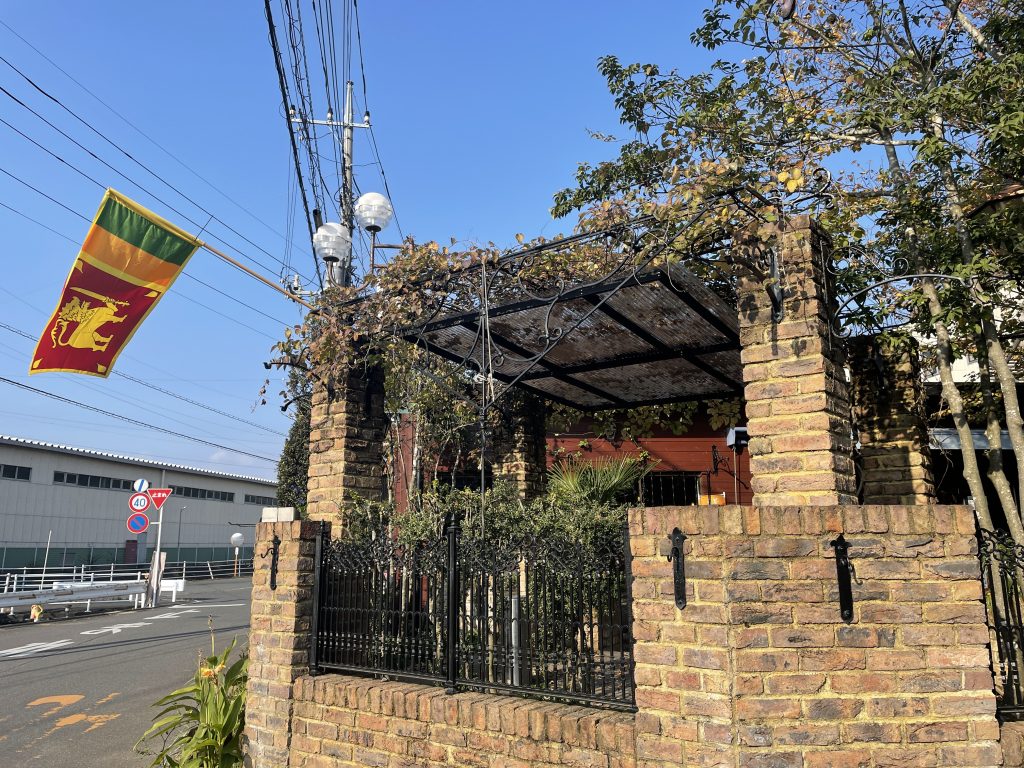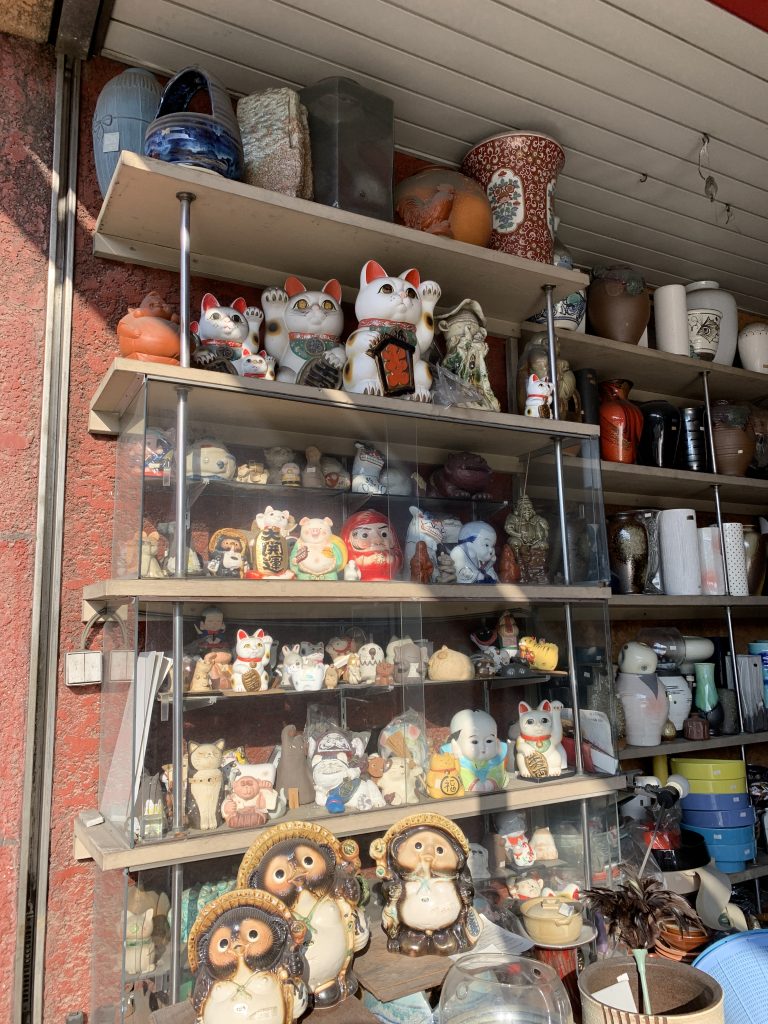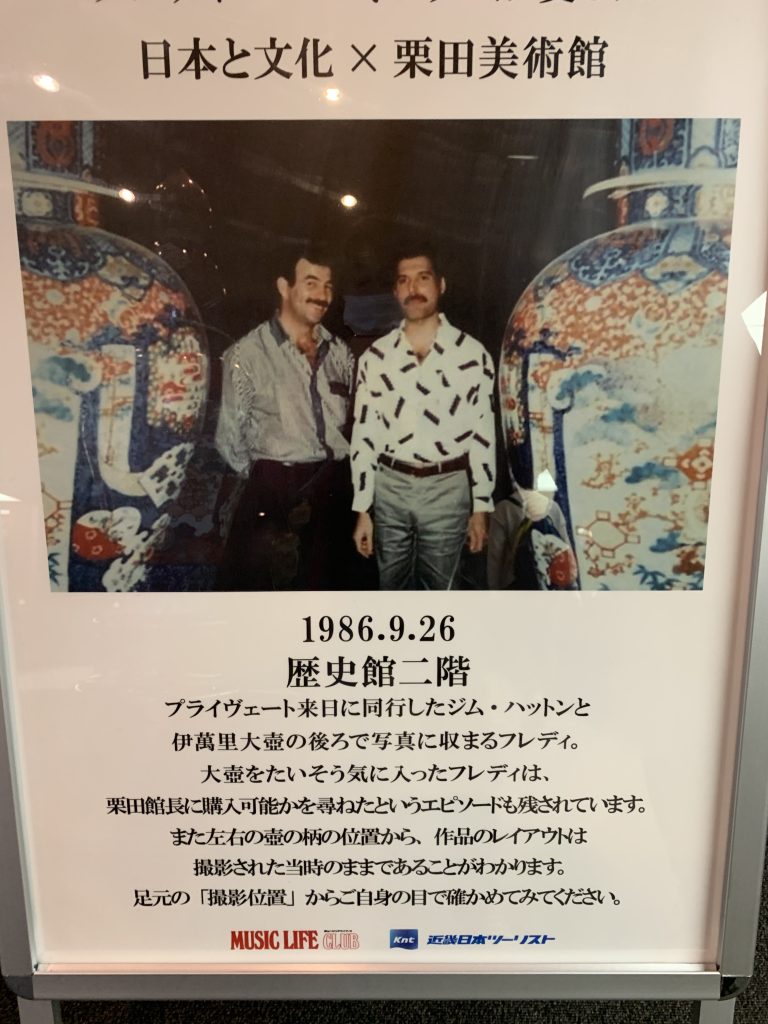Ashikaga, a city in south western Tochigi Prefecture, is very unique. There is no other city like this. It is the birthplace of Ashikaga clan, the ancestor of the founder of the Muromachi Shogunate, Ashikaga Takauji and also known as the site of Ashikaga Gakko described by Francisco Xavier as ‘the largest and most famous university in Eastern Japan’. As its location along with Watarase River made easy transportation of woven textile to Tokyo, during early Showa-era, the city had developed to be a boom town. The main business district was vibrant with bars, shops and restaurants for factory workers. Ashikaga was a cultural hub for fashion and arts in […]
Category: Ashikaga
Ashikaga is located in the northern Kanto plain in the far southwestern corner of Tochigi Prefecture, bordering on Gunma Prefecture to the north, west and south. The Watarase River flows through the center of the city. It is located approximately 80 km north of Tokyo… Ashikaga, Tochigi (Wikipedia)
Sri Lankan Community

While the city lost 15% of its population in 30 years, the number of foreigners has increased to reach 5,000 that accounts for 3.4% of the city’s total population. Among various ethnic groups, the rising star is Sri Lankan. As the city is home to more than 100 temples, it has long-term relationship with Sri Lanka where 70% of population is Buddhist.
Tableware Shop with Maneki-Neko

I found an interesting tableware shop run by old couple. The shop has been at the same place since Showa-era run by a same family, having witnessed all rise and fall of Japanese economy. This spacious shop is full of dead stocks from 1960s to 1970s, including a big figure of an “beckoning cat” (maneki-neko), which business owners in Showa era often bought and displayed as a symbol of inviting luck or money. Recently some young people find a fresh value in those Showa-style design and even replicas are created and sold as “fashionable” goods. This shop could be a gold mine for those young generation. The owner of the […]
The Kurita Museum

This unique collection of Imari and Nabeshima stems from enthusiasm of Mr. Hideo Kurita, a successful business man , politician and an activist and the Ashikaga native, for Imari and Nabeshima pottery and strong belief that collection of these will be a contribution to the culture preservation.. Opened in 1975, it is the first museum to exhibit only pottery and porcelain produced in Japan.With area of nearly 24 acres, the Museum Hall is surrounded by a landscaped garden, constructed without destroying the natural beauty. He is said to have spent JPY 50 billion to purchase the collection. Since the opening of the Museum, pottery and porcelain lover from all over […]